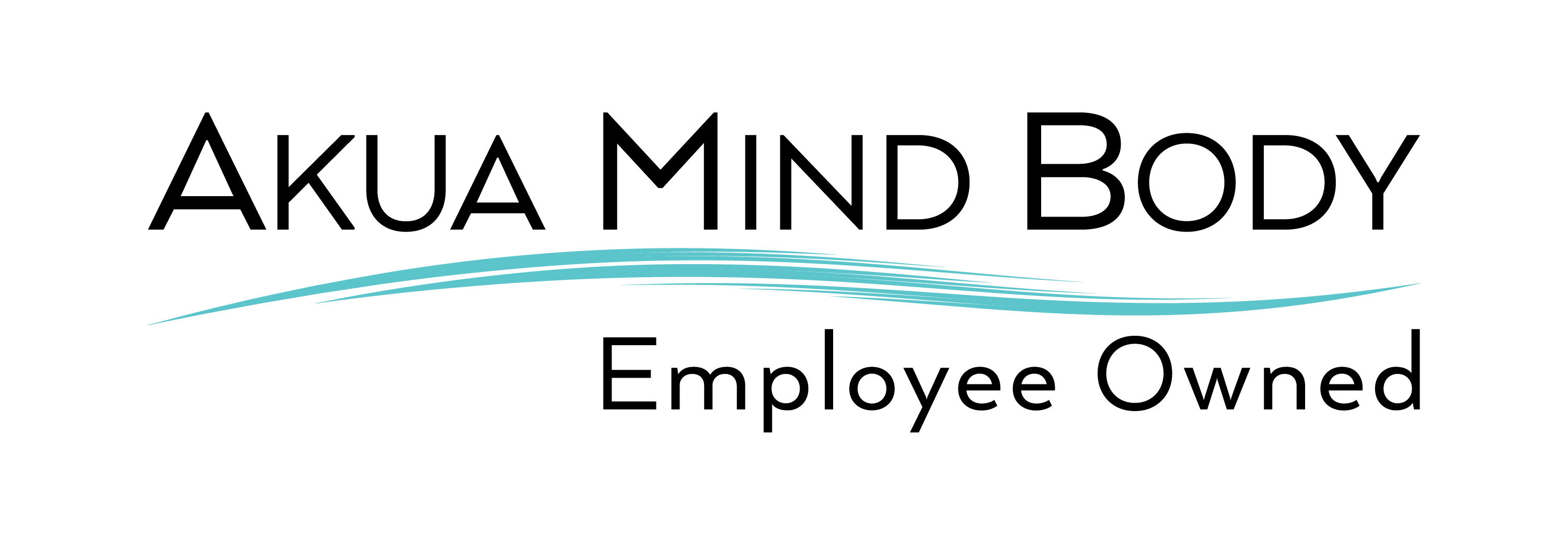Self-Harm Awareness Month is observed in March in the United States, Canada, and Western Europe. There are two million cases of self-harm reported each year in the United States. Self-harm happens across all genders, races, beliefs, and ages. Approximately 90 percent of self-harm behavior begins during adolescence, usually around age 14, and continues into the 20s. Because self-harm is more common among females, it has led to the gender-based stigma that females who self-injure are attention seekers. The stigma associated with self-harm needs to be broken.
Defining self-harm
Self-harm, also known as self-injury and clinically known as non-suicidal self-injury or NSSI, is characterized by intentional self-inflicted harm that is not meant to be suicidal. The most frequent sites of self-injury are the hands, wrists, stomach, and thighs. Examples of self-harm include the following:
Carving or cutting
Scratching
Scalding
Burning
Banging or breaking bones
Embedding objects under the skin
Hair pulling
Swallowing dangerous or poisonous substances or objects
According to the American Psychological Association, self-harm is most common among adolescents with a 17 percent lifetime rate and least common among adults with a five percent lifetime rate. These behaviors are often challenging for others to understand, especially for parents. As a result, it is usually easy to misunderstand the reasons underlying why individuals engage in these behaviors.
Self-harm as an unhealthy coping mechanism
In the purest form, cutting is an unhealthy form of expression for individuals who cannot verbalize their internal pain. These individuals are not seeking attention from others as they often self-harm in private and wear long sleeves to cover up their fresh wounds and old scars.
Why do individuals choose to self-harm?
Self-harm often occurs due to underlying stressful events associated with low-self esteem, bullying, and trauma. Self-harm is tightly linked to borderline personality disorder, attachment issues, certain eating disorders, and mental health disorders such as anxiety. Contrary to popular belief, individuals who engage in self-harm have no intent on committing suicide. As a result, this behavior leads to confusion for teachers, parents, and loved ones who want to help but do not understand why this individual continues to harm themselves physically. The following are known reasons why individuals engage in self-harm behavior:
To distract unwanted, unavoidable, or overwhelming feelings or thoughts
To release pent up stress associated with negative emotions
To regulate internal experiences
To experience a physical sensation as a way to break out of a cycle of numbness
To express feelings when unable to verbalize
As a form of punishment
To experience a form of pleasure
The relationship between borderline personality disorder and self-harm
Borderline personality disorder is characterized by mood instability, unstable self-image, behavior, and poor interpersonal relationships. These individuals are terrified of abandonment and will often experience chronic feelings of emptiness. Individuals with borderline personality disorder often engage in self-harm as a need for instant gratification. These individuals often feel unloved, alone, and ignored, and self-harm can be a symbolic form of expressing this internal pain.
The relationship between addiction and self-harm
Individuals become addicted to the cycle of psychological feelings that are associated with the act of cutting. This addiction can also be fueled by drugs and alcohol, which are also unhealthy coping mechanisms to numb internal pain. As a result, substance use disorder can go hand-in-hand with self-harm behavior.
Emotional and mental self-harm
We are often so hard on ourselves, placing judgment and blame on our thoughts and actions and holding ourselves to nearly impossibly high standards. Emotional and mental self-harm can create turmoil within our relationships, affect our self-esteem, and can also create hardships in our professional environment. Although emotional and mental self-harm are not recognized by the American Psychological Association (APA) or the DSM-5, our thoughts and words can hugely impact how we live our everyday lives.
Seeking help for self-harm behavior
If you or a loved one is engaging in self-harm behavior, it is essential to seek professional help. Self-harm is best treated with a multidisciplinary psychotherapy approach that includes cognitive-behavioral therapy, family therapy, and trauma-related therapy approaches. In addition, it is crucial for loved ones to understand the difference between self-harm and suicide and recognize that self-harm involves deep painful emotions instead of a cry for attention.
AKUA Mind and Body is a full-service treatment center that provides residential treatment, partial hospitalization, intensive outpatient treatment, outpatient treatment, and virtual treatment to men and women struggling with self-harm behaviors, substance use disorders, mental health disorders, or both (co-occurring disorders). AKUA Mind and Body provides compassionate, evidence-based treatment to all individuals and families. We combine evidence-based medications and psychotherapy approaches with holistic therapies such as meditation, yoga, and equine therapy, as we believe in treating the mind, body, and spirit.
Our clinical staff and ancillary treatment teams take great pride in the care that we provide to our clients and their families. From intake to discharge, we believe in treating the client as an individual and not just treating the disorder. As a result, we provide individualized treatment plans for every client. We offer our treatment services across many locations in California, including Orange County, Newport Beach, San Diego, and Sacramento.




